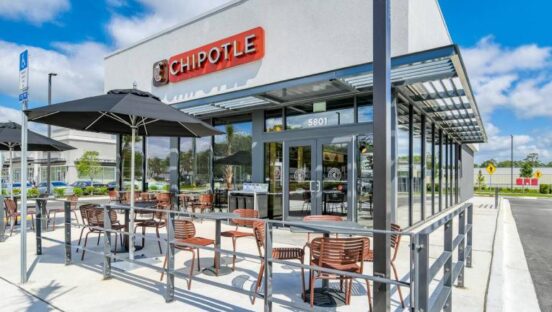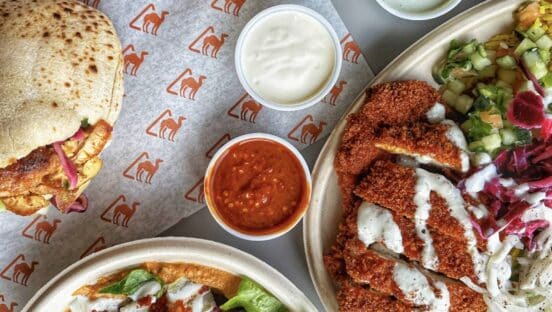






A growing chance
Influencer marketing is a multibillion-dollar industry and is expected to reach between $5 billion and $10 billion in 2022. Despite all the questions around authenticity and transparency, it’s clear influencer marketing isn’t a passing fad—but rather an effective strategy to engage customers in visual and relatable ways.
Local restaurants often leverage hometown social media celebrities with a vast reach to drive more traffic to their restaurants, entice already loyal fans to come back for more, or to raise awareness around a new restaurant opening. It’s something many restaurant operators know they should be doing, but they’re not sure how to get started. While it can be time-consuming, influencer marketing can be mastered and has proven to be worth the effort for countless brands.
Here are six steps to engaging social media influencers for your restaurant.
Nail down the marketing idea
An important first step is for operators (or a general manager, marketing manager, etc.) to identify what exactly they’re going to ask influencers to do. Ultimately, that will determine who they reach out to to participate in the campaign. In the restaurant space, we often invite influencers into the store for a menu tasting, focusing on new items or limited-time offers that we want to promote. Other times, we send them branded swag and retail items to use at home. Identify the goal and then build the marketing idea around that, then move forward identifying the influencers that will be a fit for that specific campaign.
Identify the best influencers for the campaign
While many larger companies and PR agencies will have access to a subscription-based influencer database such as HYPR, research conducted via Instagram and Google can go a long way. Search various hashtags on social media to see who is already posting content that is relevant to your restaurant or search Google for food bloggers in the specific city you want to target. The point is to really dig into who might make a great partner. Review the last several months of content and put yourself in their shoes. Are they likely to participate in the campaign? Does it align with the personal brand they’ve built or will it seem out of place? Also click on the “likes” and comments to see if the followers engaging with the content seem like real accounts. If the restaurant has its own social media account, pay attention to who is tagging it, as you may already have a fan of the brand that is likely to say yes when asked to be a partner.
Present the partnership opportunity
Many influencers will have their contact information listed on their social media profile, blog, or website, as they welcome partnership inquiries. In the initial outreach, be sure to clearly explain the marketing idea, why this particular influencer was selected to participate in the campaign, and how it relates to their readers. Emphasize that you’re open to tailoring the idea to better fit their followers, if needed, to show you have some flexibility and value the relationship. It should be mutually beneficial.
Negotiate rates or exchanges
Do not feel pressured to jump right into payment details and exchanges. Most times, influencers will come back with their fees or, if they’re simply a fan of the brand, offer to post in exchange for a menu tasting or gift card. Others will ask what has been budgeted for payment. Once they do, it’s then time to negotiate. Operators should work within their budget. We’ve found some influencers are willing to lower their fees if we share how much the brand can pay in addition to whatever it’s already supplying. (For example, “In addition to the menu tasting and gift card, we are able to offer an additional $200 for the partnership.”) Additionally, an influencer may be willing to lower their fees if they see an opportunity for an ongoing partnership.
Ensure content is genuine
One of the most important things to stress is that the influencer has creative freedom. Operators should provide as much guidance as possible, including message points or sample posts, but leave the photography and copywriting up to them. Otherwise, the influencer risks posting content that isn’t genuine and they could lose followers’ trust, which ultimately results in a lack of engagement.
Have a contract
It may seem like overkill, but having a contract in place will ensure influencers don’t “dine and dash.” Every brand has likely had at least one influencer that has promised to post and then goes MIA. Or they post and then delete it a few days later. Your contract should clearly set expectations, including payment, date they need to post by, and any required hashtags or accounts they should tag. Another common clause is to include that they cannot work with a competitor for 30 days. Engage a lawyer to help develop the contract.
Ashley Davidson is Senior Director, Media & Industry Relations, at Fish Consulting, a national public relations agency specializing in franchising.












